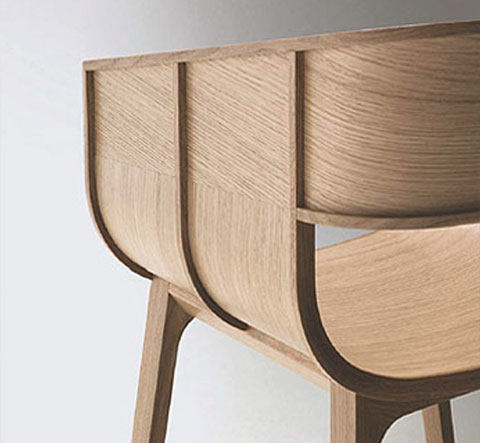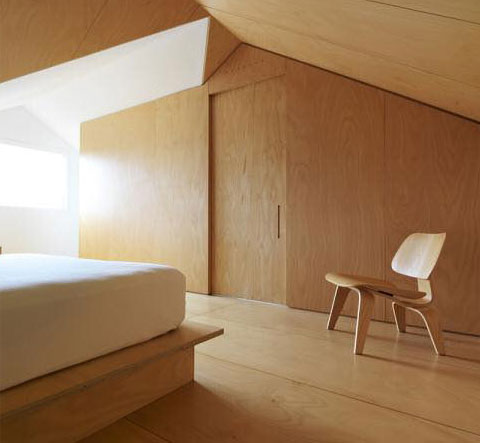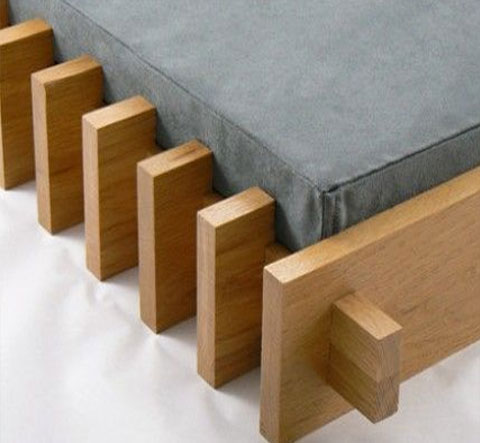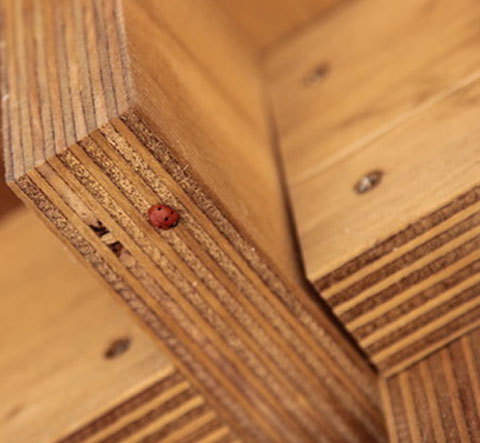
Blogs PEEL Ply
July 7, 2018
Rotary Slicing: A Primer on the Most Popular Technique for Wood Veneer Production
Tomes can be and have been written about the art and science of rotary slicing. Here, we have attempted a simplified explanation that will give you a bird’s eye view of the essentials of the process.
Introducing Wood Veneers and Rotary Slicing
Wood veneers are essentially thin layers of wood which may be used as individual sheets - known as plies - or bonded together in combination with other plies to be used as plywood.
Wood veneers are referred to using different terms - rotary, sliced or sawed veneers - based on the method employed to produce them. Of these, rotary slicing is the most commonly used method, accounting for around 95% of all the veneers that are produced today.
The Machinery
Rotary veneer is produced on what is called a lathe or slicer. The typical lathe is composed of a heavy steel bed, at each end of which a framework is mounted to provide support for the bearing spindles, where a spindle is the rotating axis of the machine. The spindles, in turn, are equipped with what are known as chucks which are movable and are used to grip the log. The pressure bar (or nosebar) and knife constitute the other key parts of the machinery and extend throughout its length.
The Process
Ahead of the peeling process, the wood needs to be softened in order to produce wood veneers that are smooth and of even thickness. Warm, debarked and moist wood is what works best for rotary cutting, which is performed after precise measuring and cutting of logs.
Logs that have been thus treated or conditioned are hoisted using power and inserted into the lathe either from the top or the front. Once inserted into the lathe, the cutting of the log is achieved by revolving it against the knife. It is at this stage that the peeling of the veneer from the log is accomplished, and looks much like the unrolling of paper. Meanwhile, the nosebar compresses the wood immediately ahead of the knife so as to prevent the excessive checking of the veneer.
The thickness of the veneer thus produced is controlled using a geared arrangement which is responsible for moving the knife-and-nosebar carriage into the log. This can be adjusted to produce veneers of any desired thickness.
The veneers coming out of the lathe are received on a conveyor belt, table or reel, and then clipped to produce sheets of specific dimensions and also to do away with any defects that may be present.
The Product
The quality of the end product of this process, that is, the wood veneers, depends on a number of factors, such as the quality of the logs being used, the lathe operator’s skill level, the condition of the lathe, and the quality of preparation or conditioning of the wood.
At PEEL Ply, thorough quality assessment and quality control which are performed throughout the process ensure the production of wood veneers that are of a superior quality and even thickness.
Why Choose Us?







PEEL Ply
#342/8, Mysore Road,Opp Featherlite,
Bangalore - 560 026
Download Corporate Brochure Download
All rights reserved © . sitemap | log in | Privacy policy

